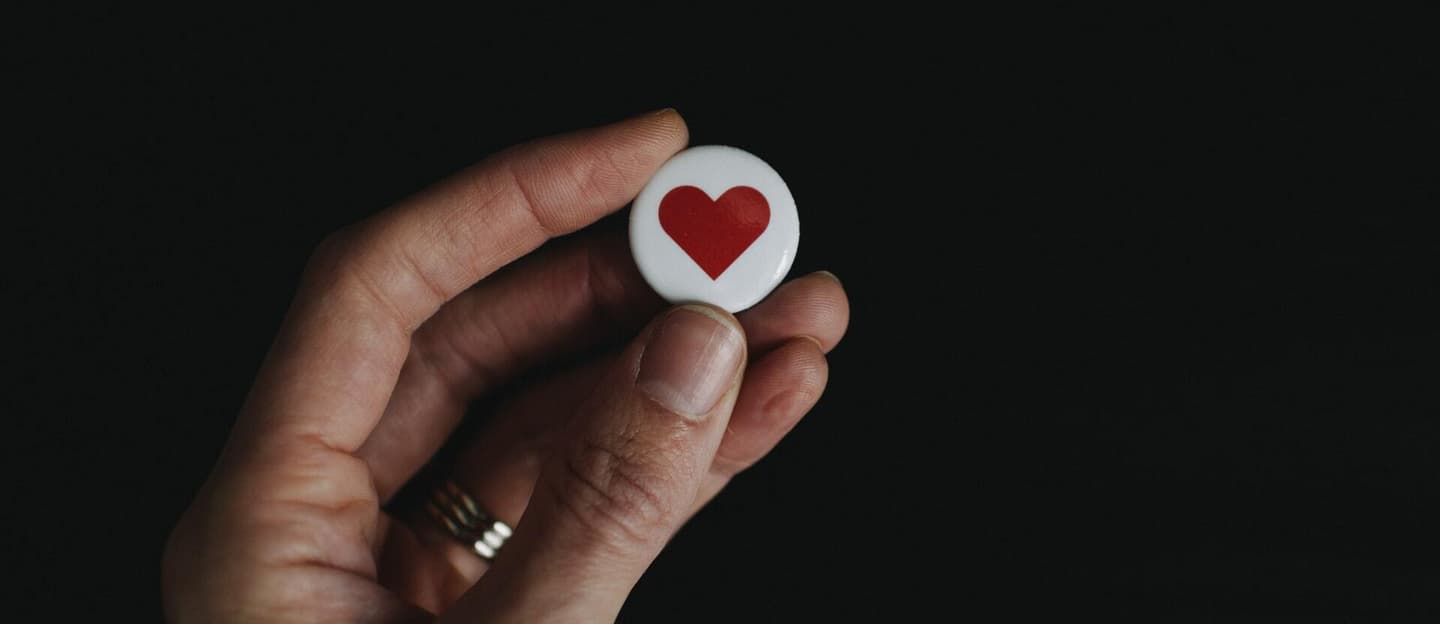If you’re reading this, you probably run a travel business – it could be a hotel group, tour operator, self-catering accommodation or glamping.
And you know that social media marketing for travel brands can be incredibly effective, so you and your team have been pumping hours of effort into your social channels.
It feels like a lot of work. But you aren’t sure whether you can see any return on your investment – because algorithms have totally throttled your reach.
Well, you’re not alone.
Some of the most frequently asked questions we get from clients or on webinars are “what makes a good social media strategy?”, “how can I acquire more leads via social media?” and “how do I know what content I should be posting?”
So, here’s our no-nonsense guide to social media for travel brands – starting with the fundamentals.
Nail the basics: understanding paid and organic
Let’s talk about the fundamentals first – because even though it’s basic, this is where it all starts.
Social media marketing basically falls into two buckets; paid and organic. Ideally, you’ll be using a mix of organic and paid social – but what’s the difference?
A normal post on social media, whether it’s got pictures, a GIF, a video – that’s called organic social. It’s free to post these, and people do it to their personal Facebook profiles and Twitter accounts every second of every day.
It’s great. This is where almost all of the content generated on social media lives, and it’s what keeps people coming back for more.
But there’s a problem.
In the past, you were able to attract a large following simply by posting great content.
But now, Facebook (who owns Instagram), YouTube, TikTok and Snapchat all have an appetite for advertising. They’ve developed complex algorithms that keep the majority of posts out of sight – because they’d rather businesses spent money on ads than got exposure for free.
Fair enough, I suppose. Their house, their rules.
And so, gone are the simple days where you could post for free, build an audience and convert followers into paid customers.
In fact, did you know that only 0.9% of all of your followers actually get to see the content you post?
Even if you have 20,000 followers on Facebook or Instagram, your organic social posts will only get seen by about 200 of them.
That’s an awful lot of work for very little return. Most of the time, you just can’t beat the algorithm.
This is where paid social comes in.
Let’s start with the simplest kind of Facebook and Instagram ad – boosting.
What’s a boosted post?
A boosted or promoted post is any post you’ve made, with added audience.
By boosting posts, you basically pay to make sure that the people who already follow you actually see your content in their feed. It’s great for travel brands who have already managed to secure high follower numbers and now want to increase brand loyalty.
But I know that many of you need to acquire new customers right now.
Boosted and promoted posts can reach new audiences outside of your followers. You can set goals like more video views, or website click-throughs – but they’re not anywhere near as effective as a strategic social media advertising campaign.
That’s because you can’t reach a new audience with old tricks. You need to change tack.
Social media advertising presents an opportunity to change your audiences and how you present to them, and get the best return as a result.
Social media advertising – why targeting is the best part of paid social
The biggest reason to use paid social is targeting.
Boosted and promoted posts are quick and easy. Use old content, boost it with a little budget and – hey presto – instant audience!
The only problem? It’s likely to be the same audience as before – not a new one.
Using the ad targeting features in Facebook (and by extension, Instagram), you can reach huge swathes of people, if that’s your goal.
Usually, you’ll do better by pushing highly targeted ad campaigns to select groups, based on their interests and likes. Facebook has so much data. You can’t access all of it, but they definitely give you enough to build an effective audience.
An audience of new customers, interested in what you offer but who don’t know about you (yet).
With a Facebook pixel (a little piece of code) installed on your website, your business profile can collect Facebook user data, and build remarketing audiences to advertise to. If someone visits your website, you can then show them relevant ads – and manage them carefully so that users don’t feel like they’re being followed!
This data can also be used to build lookalike audiences; people similar to your visitors who don’t yet know about you.
That’s a powerful tool for building a new customer base.
You can create custom call to action buttons and use advanced ad formats like carousels, deep full-page experiences or simple videos.
Tip: videos are the most effective and engaging content format by a wide margin – on any platform. Try to focus on video, animation and moving images.
You can test ads against each other, and measure which one performs best. You can identify which ads resonate with which groups. You get more control and power over your ads than your boosted posts – as long as you know what you want to achieve.
Social media strategy
Before you invest any more in social media marketing for your travel brand, be clear on your goals and understand your audiences.
What do you want to achieve? More followers, an engaged community – or straight up conversions? You have one without the other, but you’ll need to target and curate your ads and organic posts for those goals.
This is a big subject – one that needs to work with your overall business plan and marketing strategy.
But in short? Your strategy will be informed by your goals.
Choose an outcome and work backwards, step by step.
Treat each step as a kind of mini goal. Be super specific. Set deadlines. Make it real – make a roadmap. Think of something like this, tailored to your ideal outcome:
- MAIN GOAL: 100 new customers by September
- 1,000 website booking referrals, from social media
- Run and test ads, measure and tweak
- Create a social ad campaign for our new package
- Research audiences on Facebook and Instagram
- Set up Facebook for Business
As you can see, it starts small. But that little thing – that first step – that’s what started it. Define your success first, then plan for it. The next step is up to you.
Which social media channels are best for travel?
If you’re having trouble understanding your audience, a social media audit can help you identify who they are and where they spend time online: for example, if your hotel needs more bookings for MICE, then LinkedIn posts and ads are better suited to that B2B audience.
LinkedIn is more specialist, and so advertising costs are higher. But for most travel brands, Facebook and Instagram are going to be the prime platforms.
If you’re ready to go all-in on video, YouTube is the place to be, but you’ll still need to research and understand what your audience wants.
Don’t forget about TikTok, which is becoming more mainstream as it develops a more mature audience. The ad platform isn’t quite as open or straightforward yet – it’s not even available globally – but change is coming.
Currently, TikTok’s ads are dominated by brand takeovers, which can cost tens of thousands.
That shouldn’t stop you from trying it out organically and building an audience as the platform grows.
And yes, it’s mostly young people. It won’t always be the right audience for you. But remember how Facebook started out as a channel for young people? Now, their parents use Facebook.
Before you know it, the primary users of any established social channel get older. It’s happening to Facebook, where the average user age is 40.5 years old in the US.
And it’ll happen to TikTok.
Besides – young people actually want to travel, especially now, and introducing your brand to them is a long-term growth move. If it fits your offering, then it fits your marketing.
As for Clubhouse? I’ll say it now – I don’t think it’ll last. Their Android release feels like too little, too late.
Stick to what works. Focus on platforms that have enough of the audience you need.
What content should travel brands be posting?
Well, that’s all up to your audience. What do they like, and what do they really engage with?
The beauty of paid social is that you can test what content resonates in larger audience groups – and do more of it.
Still, there are a few simple things travel brands can do to get better results from social media posts:
- Videos. These get more engagement than images or text posts, so use them whenever you can
- If you can’t use video, use an image. Text alone tends to get the least engagement – and isn’t even a thing on Instagram!
- Reels and Stories are great for engaging your existing audience – take it out of the news feed!
- Polls. Relatively new to LinkedIn, but already in wide circulation on Twitter and Facebook, these are engaging and can even result in useful data
- If it doesn’t work, try something else – measure what works and do more of that

